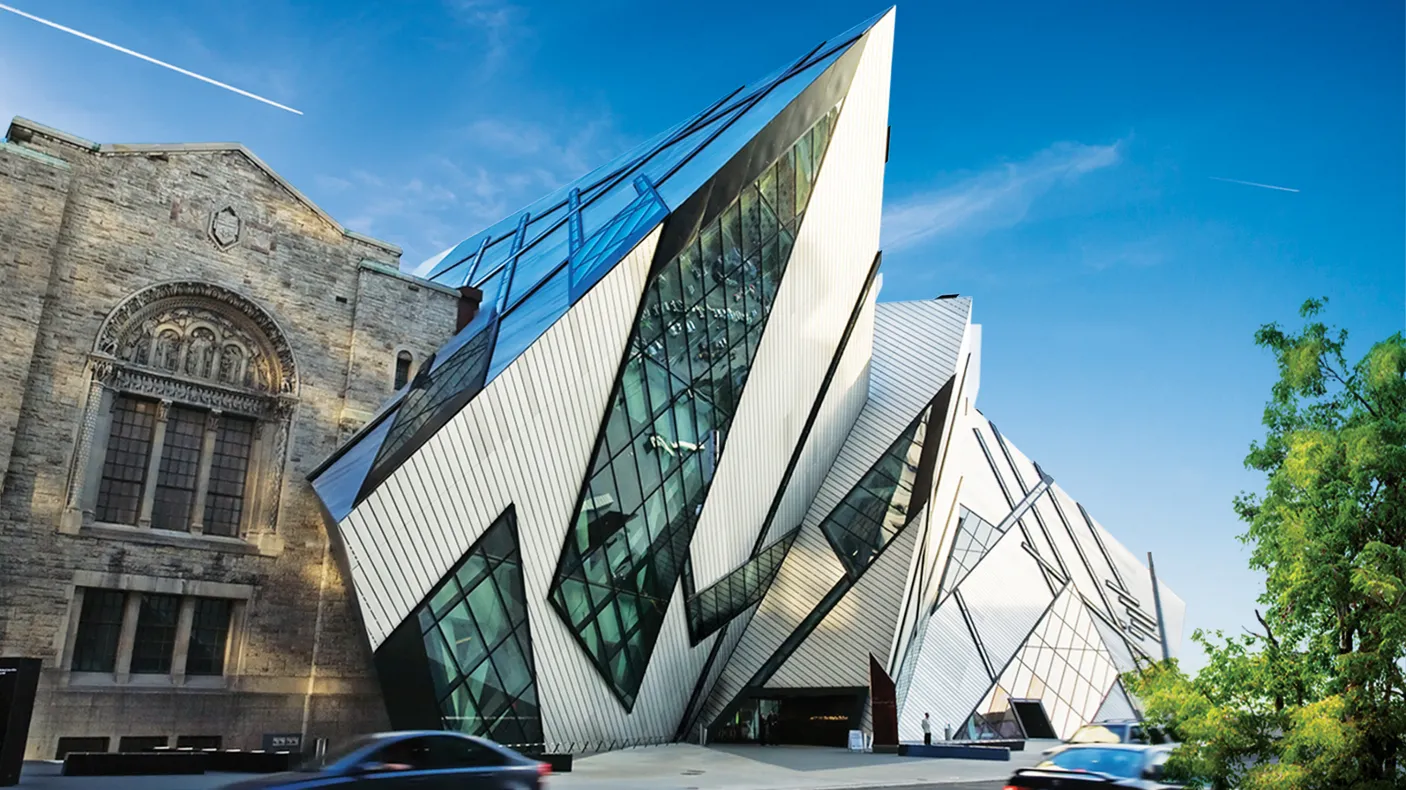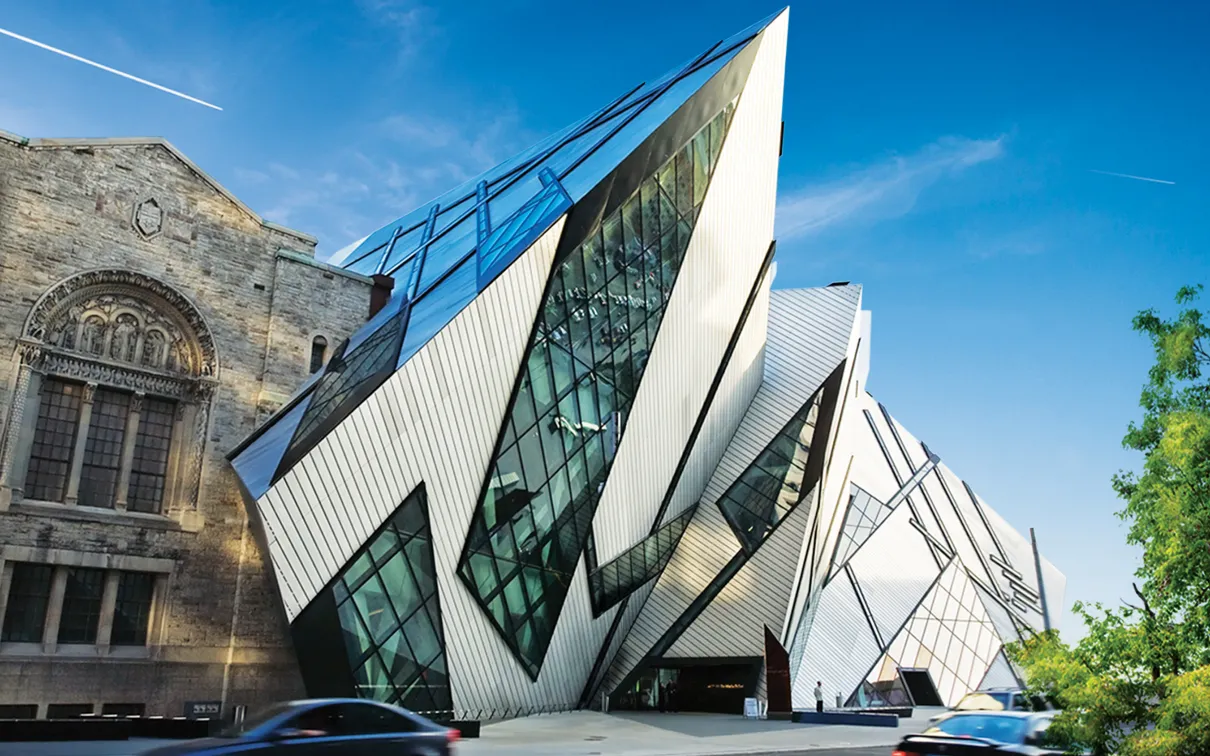Fossil Teeth Suggest Raptor Dinosaur Extinction Sudden
Published
Category
Press Release
Fossil Teeth Suggest Raptor Dinosaur Extinction Sudden
New research suggests seed eating may have helped beaked birds survive
TORONTO, April 21, 2016 -- Living birds may have their ancestors' beaks to thank for surviving the mass extinction that wiped out the dinosaurs. New research indicates the closest relatives of modern birds, the small feathered raptor dinosaurs and primitive toothed birds, went extinct abruptly at the end of the Cretaceous Period, and that beaked birds may have benefitted because of their ability to eat seeds. This study is the newest to shed light on how some animals may have survived the massive meteor impact and subsequent ecological turmoil that ended the reign of the dinosaurs. The study was recently published in the journal Current Biology.
"We've used the teeth of these bird-like dinosaurs, similar to Velociraptor, to show that these dinosaurs were a consistent and stable part of the ecosystem leading up to the end of the Cretaceous," explained lead author of the study Derek Larson, assistant curator at the Philip J. Currie Dinosaur Museum and PhD candidate at the University of Toronto. But that consistency ended at the end of the Cretaceous, when 75% of life on the planet went extinct, including most bird-like dinosaurs.
One mystery of dinosaur extinction is why the ancestors of living birds survived, but contemporary small, feathered raptor dinosaurs and primitive toothed birds went extinct. The bird fossil record at the end of the Cretaceous is very incomplete, so the ecologies of species that survived the mass extinction are still largely unknown. With little direct evidence of fossil species surviving the extinction, the reasons as to why some species were able to survive the extinction while their closest relatives went extinct have been unclear. For indirect evidence, the researchers relied on the rich fossil record of isolated small teeth in western North America.
"Skeletons of these small dinosaurs are rare, so isolated teeth represent one of the few consistent sources of data to address this question. We analysed more than 3,000 of these teeth to give the highest resolution picture of their changing shape and diets," explained the Royal Tyrrell Museum of Palaeontology's Caleb Brown, co-author of the study. Preserved bird and bird-like dinosaur teeth examined in this study were likely suited to eat a variety of animal remains, but not seeds.
"Small teeth have given us big insights into the extinction patterns of bird-like dinosaurs and primitive birds, and a better understanding of how diet might have played a role in the survival of crown-group bird groups in the wake of the asteroid impact," said principal investigator of the study David Evans of the Royal Ontario Museum and the University of Toronto.
Larson explained, "By analyzing the known diets of modern birds, we see many groups that probably survived the extinction likely ate seeds, probably one of the few plentiful resources that were available in the climatic upheaval in the aftermath of the asteroid impact. Those dinosaurs without a beak and without the right teeth to access those resources, would have been relegated to extinction."
– 30 –
ABOUT THE ROM
Opened in 1914, the ROM is Canada’s largest museum of natural history and world cultures and has six million objects in its collections and galleries showcasing art, world cultures and natural history. The ROM is the largest field research institution in the country, and a world leader in research areas from biodiversity, palaeontology, and earth sciences to archaeology, ethnology and visual culture - originating new information towards a global understanding of historical and modern change in culture and environment. For tickets, memberships and 24-hour information in English and French, visit www.rom.on.ca or call 416.586.8000.
CITATION
Larson, D.W., Brown, C.M., and Evans, D.C. 2016. Dental disparity and ecological stability in bird-like dinosaurs prior to the end-Cretaceous mass extinction. Current Biology 26, 1–9. http://dx.doi.org/10.1016/j.cub.2016.03.039
AUTHOR CONTACT INFORMATION
Derek W. Larson
Assistant Curator
Philip J. Currie Dinosaur Museum
Box 328 9301-112 Ave Side Family Place
Wembley, Alberta, T0H 3S0, Canada
Tel: 587-771-0662 ext. 405
dlarson@dinomuseum.ca
David C. Evans, Ph.D.
Temerty Chair in Vertebrate Palaeontology &
Deputy Head, Department of Natural History
Royal Ontario Museum
100 Queen's Park
Toronto, Ontario, M5S 2C6, Canada
Associate Professor
Department of Ecology & Evolutionary Biology
University of Toronto
25 Willcocks Street
Toronto, Ontario, M5S 3B2, Canada
Tel: 416-586-5753
d.evans@utoronto.ca
Caleb M. Brown, Ph.D.
Betsy Nicholls Post-Doctoral Fellow
Royal Tyrrell Museum of Palaeontology
PO Box 7500
Drumheller, Alberta, T4N 0L8, Canada
caleb.brown@gov.ab.ca
MEDIA CONTACT
Amanda Fruci, Publicist
416.586.5558
amandaf@rom.on.ca
SOCIAL MEDIA
Like: ROM Facebook
Tweet: @ROMToronto @ROMPalaeo @DavidEvan_ROM
Instagram: romtoronto
Watch: ROM YouTube
Blog: ROMblog
Join the Conversation: #ROMDinos #ROMmembers


